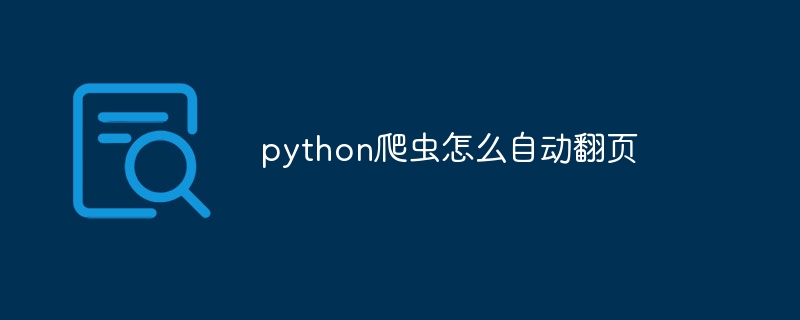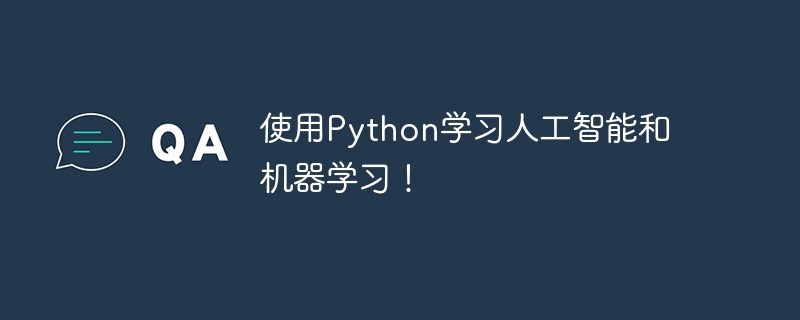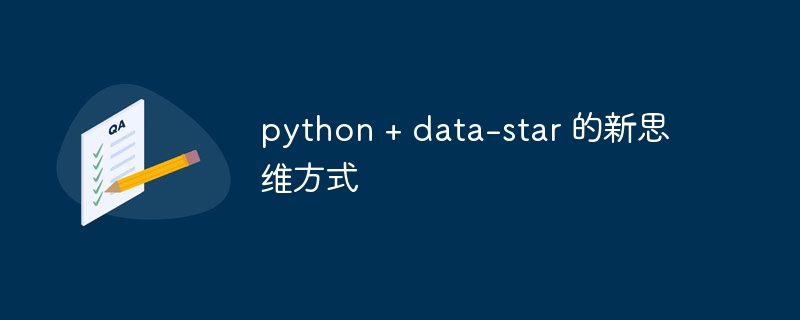自动翻页在数据爬取中至关重要,python 中实现自动翻页的方法包括:使用 selenium 库模拟浏览器操作,点击翻页按钮或滚屏翻页;使用 requests 库不断更新请求参数模拟翻页;使用 beautifulsoup 库解析下一页链接,构造新请求实现翻页。

如何使用 Python 爬虫实现自动翻页
自动翻页的必要性
在爬取数据时,经常会遇到分页的情况,即目标网站将数据分隔在多个页面上,手动翻页效率低且容易出错。因此,自动化翻页成为爬取分页数据的必要手段。
Python 爬虫自动翻页方法
立即学习“Python免费学习笔记(深入)”;
Python 中有多种方法可以实现自动翻页,常见的包括:
使用 Selenium 库
Selenium 是一个用于自动化 Web 浏览器的库。它可以模拟浏览器的操作,实现自动点击翻页按钮或滚屏等动作。
使用 Requests 库
Requests 库提供了 get() 方法来发送 HTTP 请求。通过不断更新请求参数,可以模拟翻页操作。
使用 BeautifulSoup 库
BeautifulSoup 库用于解析 HTML 文档。可以通过解析下一页的链接,构造新的请求,实现自动翻页。
具体实现
Selenium 方法
from selenium import webdriver
# 使用 Selenium 创建一个浏览器实例
driver = webdriver.Firefox()
# 打开目标网站
driver.get("https://example.com/page1")
# 获取下一页按钮元素
next_button = driver.find_element_by_xpath("//a[@class='next-page']")
# 循环翻页
while next_button:
next_button.click()
# 解析新页面
soup = BeautifulSoup(driver.page_source, "html.parser")
# 提取数据
# ...
# 获取新的下一页按钮元素
next_button = driver.find_element_by_xpath("//a[@class='next-page']")
Requests 方法
import requests
from bs4 import BeautifulSoup
# URL 模板
url_template = "https://example.com/page{}"
# 初始页面索引
page_index = 1
# 循环翻页
while True:
# 构造请求 URL
url = url_template.format(page_index)
# 发送 HTTP 请求
response = requests.get(url)
# 解析 HTML 文档
soup = BeautifulSoup(response.text, "html.parser")
# 提取数据
# ...
# 判断是否还有下一页
next_link = soup.find("a", {"class": "next-page"})
if not next_link:
break
# 更新页面索引
page_index += 1
BeautifulSoup 方法
import requests
from bs4 import BeautifulSoup
# URL 模板
url_template = "https://example.com/page{}"
# 初始页面索引
page_index = 1
# 循环翻页
while True:
# 构造请求 URL
url = url_template.format(page_index)
# 发送 HTTP 请求
response = requests.get(url)
# 解析 HTML 文档
soup = BeautifulSoup(response.text, "html.parser")
# 提取数据
# ...
# 提取下一页链接
next_link = soup.find("a", {"class": "next-page"})
if not next_link:
break
# 更新 URL 模板
url_template = "https://example.com/" + next_link["href"]
# 更新页面索引
page_index += 1以上就是python爬虫怎么自动翻页的详细内容,更多请关注php中文网其它相关文章!
版权声明:本文内容由网友自发贡献,版权归原作者所有,本站不承担相应法律责任。如您发现有涉嫌抄袭侵权的内容,请联系 yyfuon@163.com





